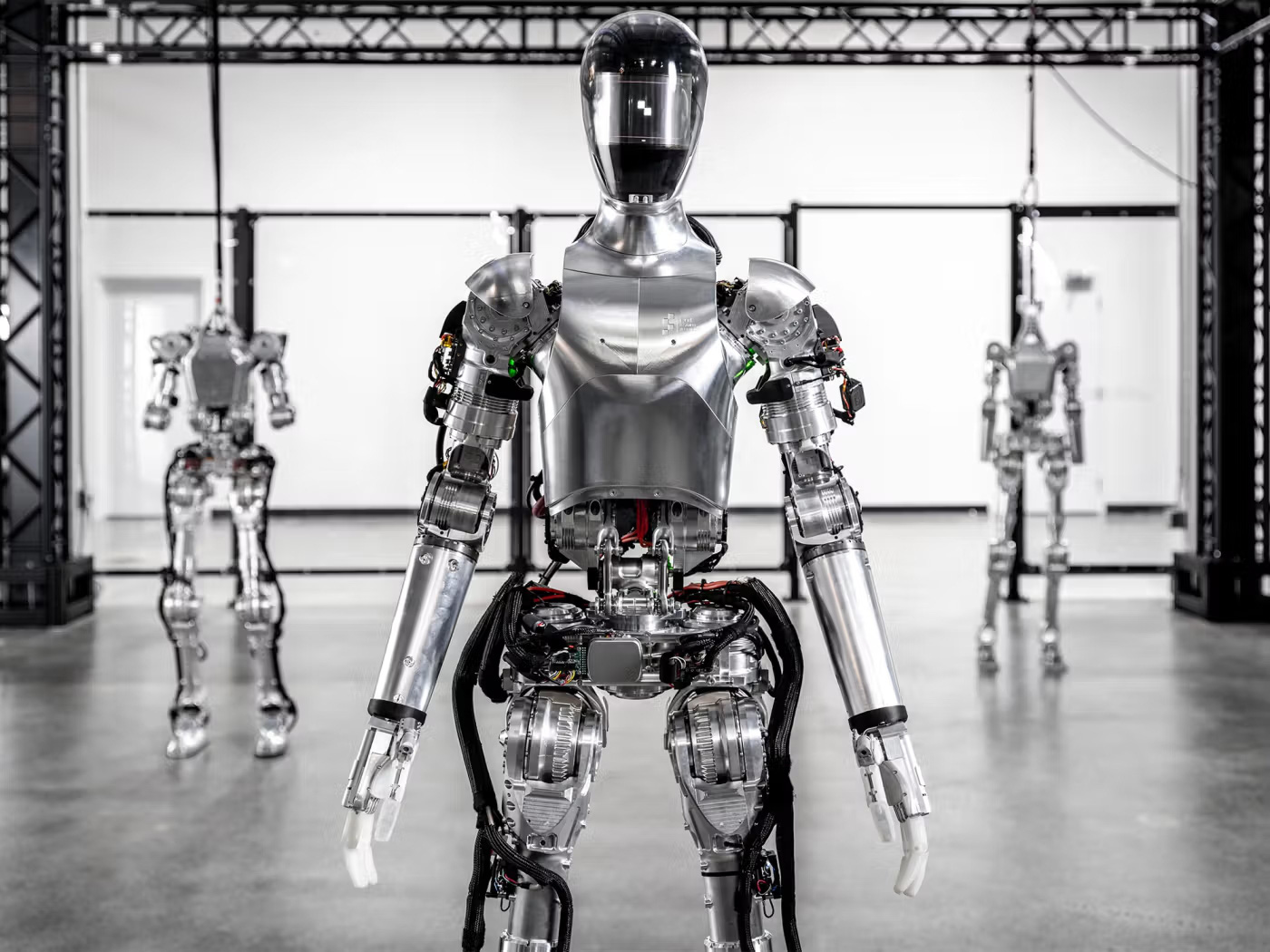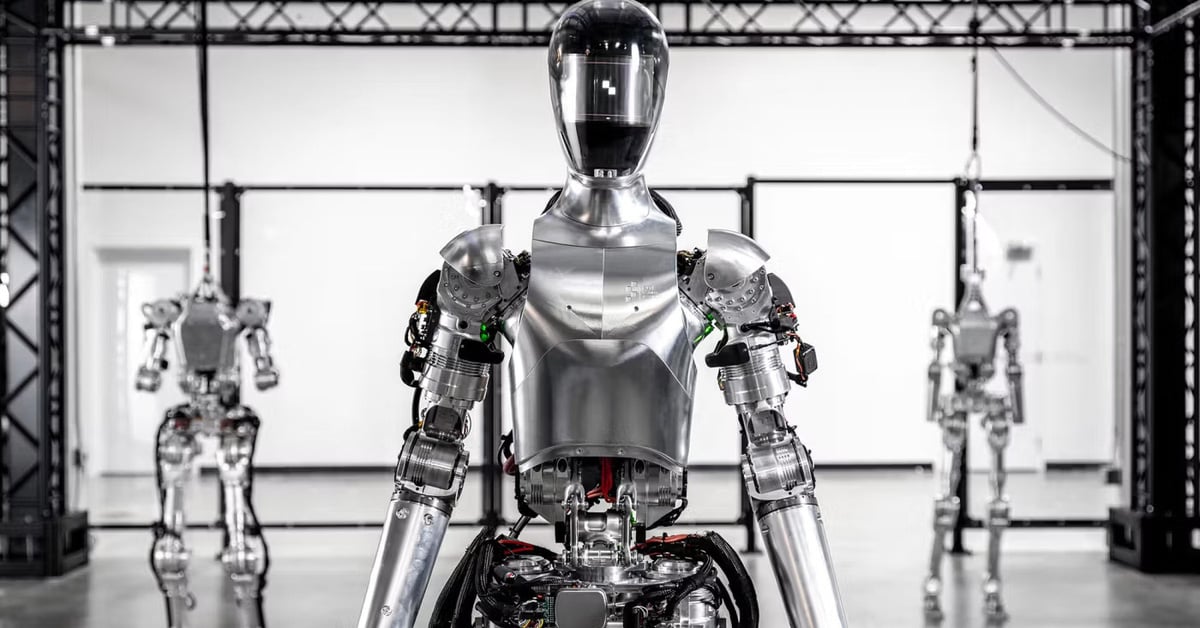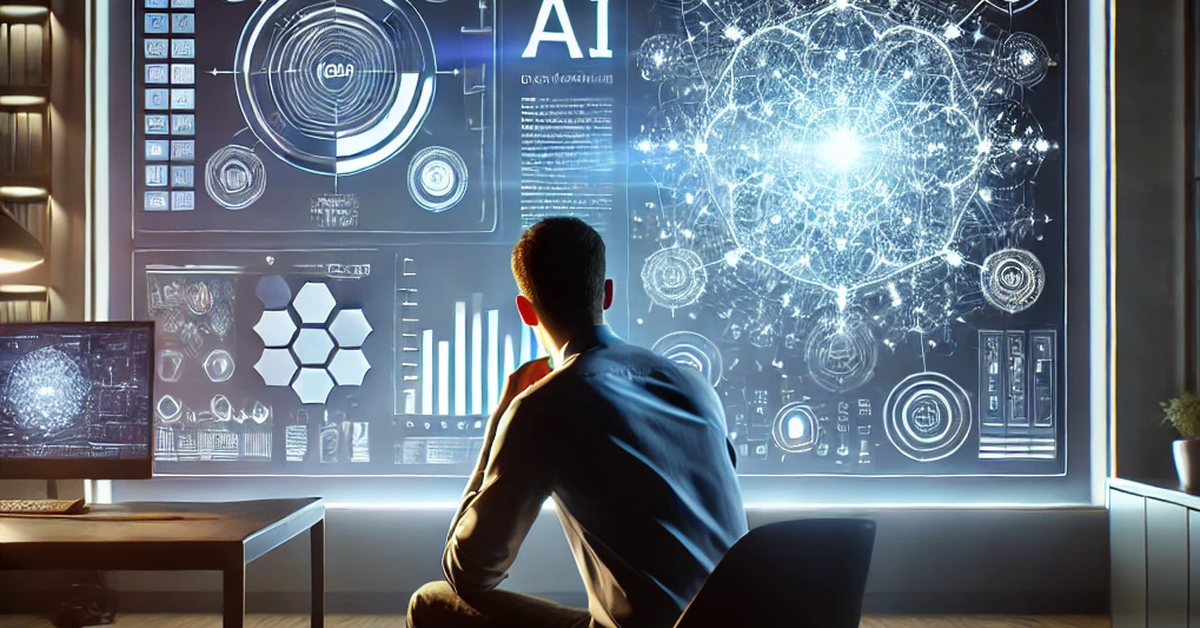Figure AI (USA) has just announced that it has signed a contract with its second largest commercial partner, bringing the dream of humanoid robots from the laboratory into everyday life closer than ever.

Figure AI Company has a roadmap to produce 100,000 robots in the next four years - Photo: Figure
CEO Brett Adcock said the deal could help the company ship 100,000 humanoid robots in the next four years, according to Interesting Engineering .
Produce 100,000 robots in 4 years
While the identity of the new client remains confidential, Adcock confirmed it is “one of the largest companies in the US,” prompting speculation that it could be a major retailer or a technology conglomerate with significant labor needs.
In a LinkedIn post, Adcock emphasized the importance of building deep relationships with large clients, rather than spreading resources across many small clients. “Our latest client is one of the largest companies in the US,” he said.
“This deal allows us to ship in large volumes, which reduces costs and improves our AI data collection capabilities. With two existing customers, we believe we have a roadmap to produce 100,000 robots in the next four years.”
Figure AI’s first public customer is the BMW Group, which signed a contract late last year. This latest announcement marks a major step toward widespread adoption of humanoid robots in the manufacturing, logistics, and medical fields.
Two market strategy
Adcock also emphasized Figure AI's dual-market strategy: "We're focused on two areas: commercial and domestic." While the commercial market might include distribution centers, factories, and industrial facilities, the domestic market opens up opportunities for robots that assist with household chores or specialized medical care.
Figure AI has impressed with its rapid product development. The company launched its first humanoid robot, Figure 01, just 31 months after its founding and then went on to introduce Figure 02.
Figure 03 has reportedly been tested in the lab, showing that the company is constantly improving the robot's performance and functionality.
Figure 01, released in January 2024, has a walking speed of 17% of the average human walking speed. Figure 02, the current version, has improved the speed by seven times, reaching 1.2 meters per second, equivalent to 4.3 kilometers per hour. Although still slower than a normal human walk, Figure AI is confident that further improvements will increase the speed even further.
One notable aspect of Figure robots is their reliance on artificial intelligence (AI). “Last week we successfully tested an artificial neural network to solve a problem for a new customer,” Adcock revealed. “AI learning is the only way forward, because the usual programming rules won’t apply.”
He also stressed that each time the AI robots learn and perform a task on their own is “like magic,” showing their potential for flexible adaptation to a variety of jobs.
Lots of competition and prospects
Companies like Agility Robotics, Tesla (Project Optimus), Unitree, Apptronik, Sanctuary AI, and Agibot are racing to gain a foothold in this promising market.
China is also stepping up its ambitions to become a humanoid robot manufacturing powerhouse. In December 2024, Zhiyuan Robotics (also known as Agibot) announced its ability to produce 1,000 humanoid robots a year.
Soon after, MagicLab launched its third generation robot, MagicBot, to compete with leading competitors such as Boston Dynamics’ Atlas. MagicLab also deployed a fleet of robots for industrial training purposes, further solidifying its position in the field.
These advances are in line with China's 2023 strategy, which aims to bring humanoid robots deep into industry by 2027, expanding their applications across many areas of society.
Source: https://tuoitre.vn/cong-ty-my-thong-bao-lam-100-000-robot-hinh-nguoi-20250205134627218.htm




























































Comment (0)